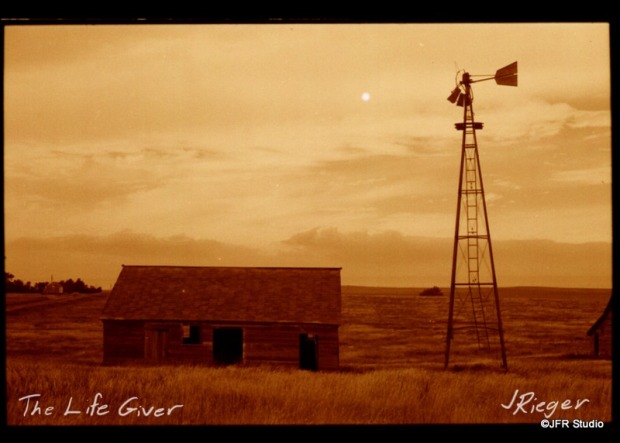
I’ve been asked why it is that I prefer to photograph old things, junk to some people. This has caused me to spend quite bit of time thinking about this subject and why it is I am so often drawn to it. One reason for my attraction to the subject, but not necessarily the most important, is the pure connection to history.
I enjoy history, learning about significant events, and trying to put myself in that time and place. I live in southern California and travel back to North Dakota in the summer and I am struck by the differences between the two with regard to their history. In California the population has increased dramatically in recent decades and the continuous construction and redevelopment is associated with this increase has hidden this history or removed it from its context. Urban redevelopment places new retail centers where quaint seaside villages once were and homes cover the rolling hills of what used to be vast ranchos so much so that it is difficult to see the place as connected in any way to an earlier time. A good example is Rancho Buena Vista Adobe, an historical rancho in the city of Vista. Some of the original buildings have been preserved and some converted into museums complete with relics and photographs but it is set so deep into urban sprawl, development, and the daily activity that accompanies such things that it has taken on a Disney Land-like quality. I am not trying to belittle the effort that so many have put into preserving a place like this but I am suggesting that a thing loses some of its historical significance when the context changes so radically as it has in Southern California. By changing the surrounding area some of the connection to history has been lost. The same is true for museums: In a museum historical artifacts are cleaned up and shown in such a way that they are hopelessly removed from from their context leaving the visitor’s experience altered from an actual encounter with history to viewing a show or commercial display. I am not alone in recognizing this as you can frequently see museums trying to change a visitor’s experience in an effort to reconnect it with the original human experience. It is a difficult task for sure to try to put a visitor into a point in time. In North Dakota, as in much of the Midwest, the places I visit and the things I photograph are not removed from context at all. In fact they reflect the very history of which they are a part. Time is evident in their very condition. Rust freezes machinery in the place they were left after their last day of work, wood erodes as it confronts the relentless wind of the prairie just has it has always done. A person can experience the history of that place as it is happening. In these places time has not stopped and the history of the place is laid bare. The are no obstacles between the visitor and the place, no filters, no Disney Land. Because of this, the experience is somehow more real for me.